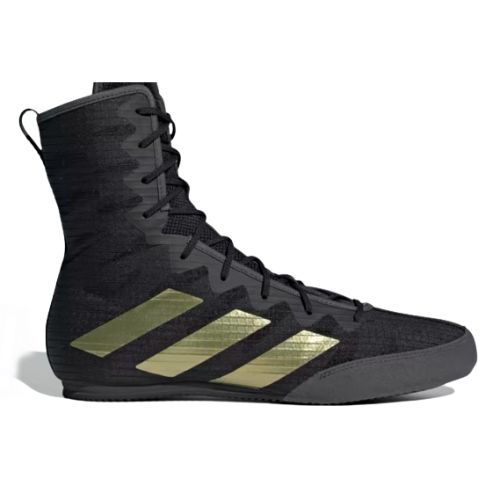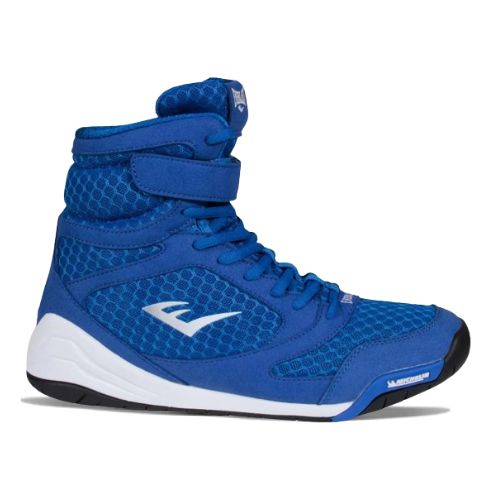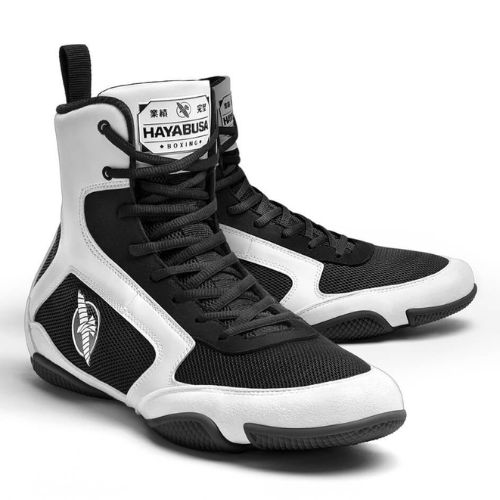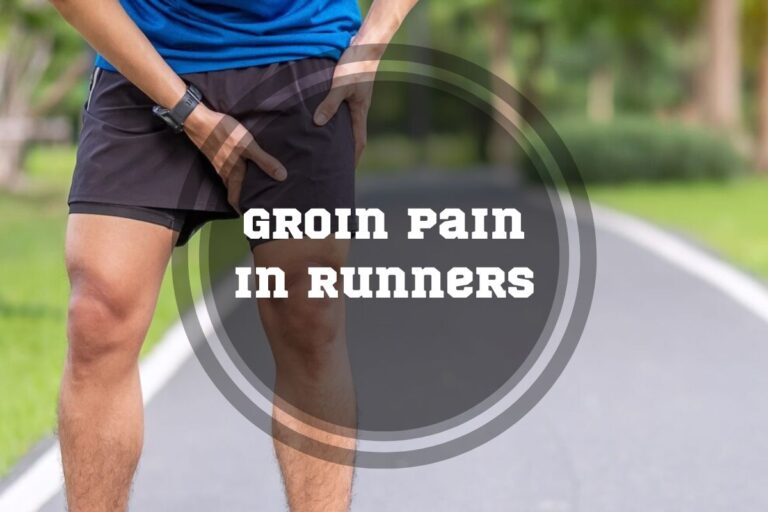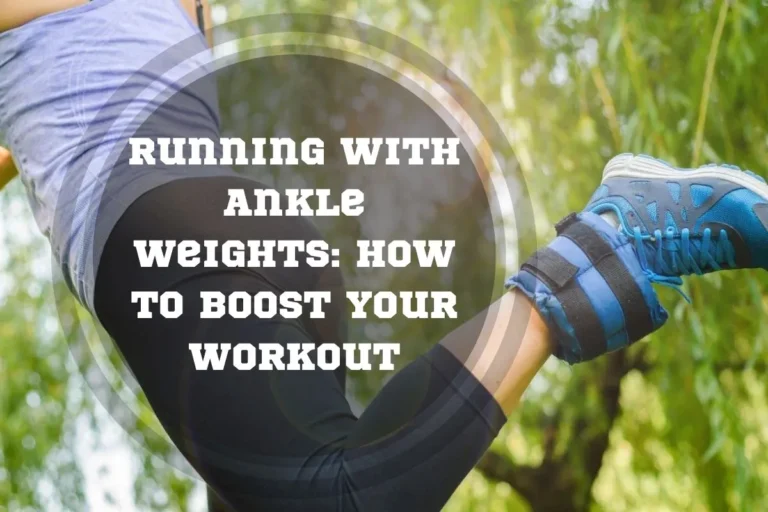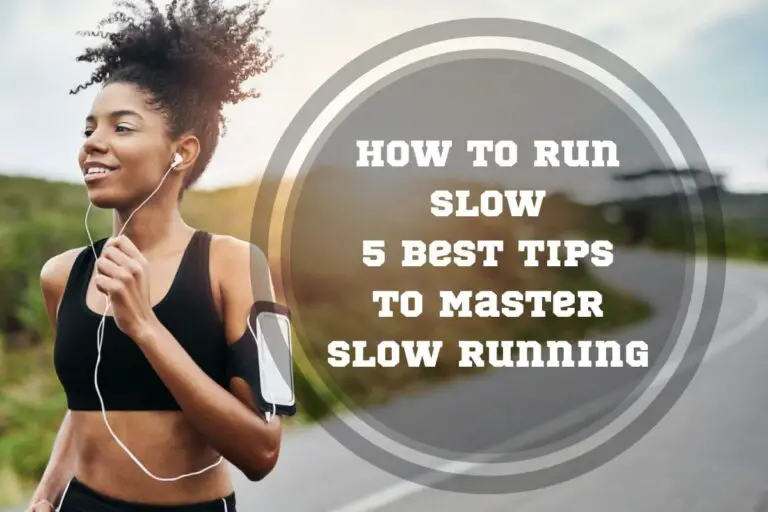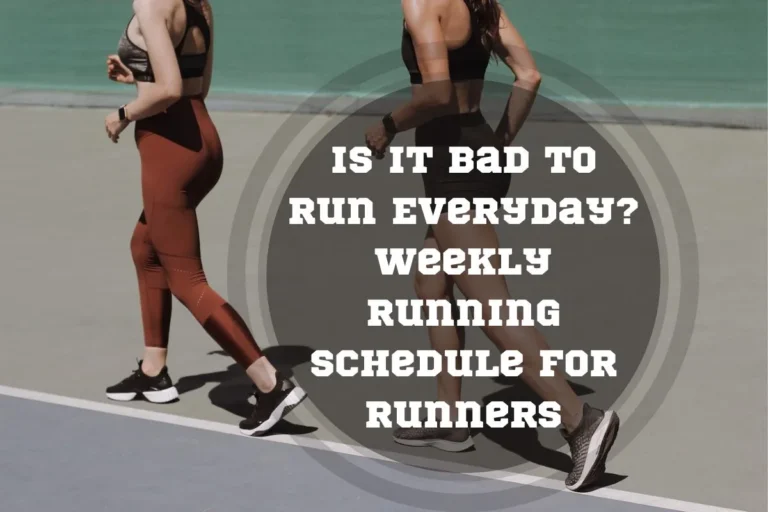Are Boxing Shoes Good for Running?
Are boxing shoes good for running? Boxing and running shoes have many similarities, from the lightweight material used to the breathable fabric that offers cushioning.
This article provides an overview of how boxing shoes differ from regular running gear, as well as their benefits and drawbacks when using them for running. We’ll explain the key characteristics to look out for in the best shoes for boxing class and offer some tips on how best to use them. It’s all designed to help you make an informed decision about whether boxing shoes are right for your needs.
Let’s get started!
Can You Run in Boxing Shoes?
Are boxing shoes good for running? You can use boxing shoes for running, but it isn’t a good idea to do so regularly. Boxing shoes may provide greater flexibility for lateral shifts, but they lack the cushioning and support needed for long runs on hard terrain, such as asphalt roads.
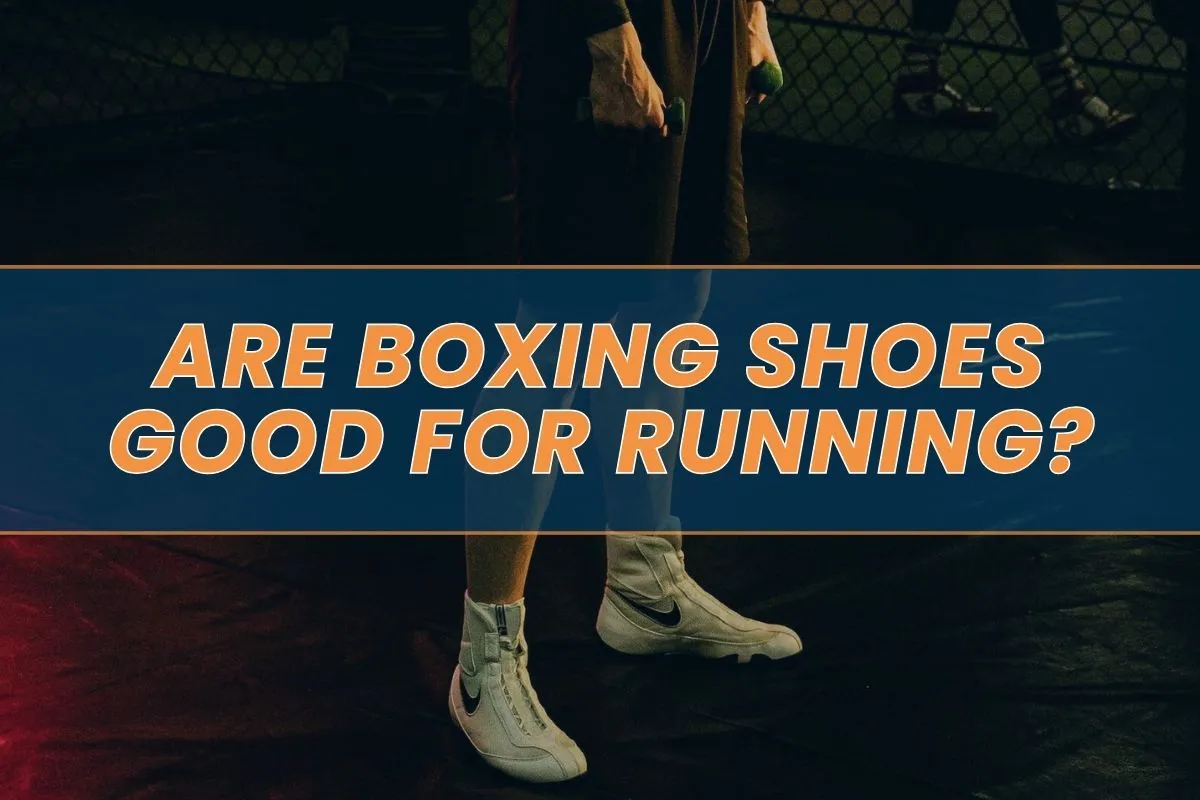
Running and Boxing Shoes: What’s They Have Common
Both running and boxing shoes can provide athletes with lightweight, breathable, comfortable material. They are designed to help optimize your performance while preventing injuries. Let’s discuss this in further detail.
1. Lightweight
Made with ultra-lightweight materials such as mesh and synthetic fabrics, both running and boxing shoes offer maximum breathability and comfort, while still being light enough for swift movements.
Most standard running shoes designed primarily for cushioning offer some lightweight materials on the upper or molded outsole patterns. Boxing shoes feature a design that has been tailored specifically to performance in sports that require quick footwork.
2. Breathable
When it comes to choosing shoes for running, breathability is a key consideration, since it can directly impact comfort during exercise. The upper part of both running and boxing shoes feature perforated, ventilated mesh layers that allow air circulation throughout the shoe.
This helps reduce sweat accumulation in the foot and brings much-needed ventilation during intense training sessions or long runs on hot days.
Boxing Shoes vs. Running Shoes: The Main Differences
While there are similarities between running and boxing shoes, there are also some key differences to consider that could affect a runner’s performance. Read on to discover these differences, as well as why they might affect an athlete’s choice of footwear.
1. Ankle Support
Boxing shoes are designed to provide maximum stability and support for your ankles, shins, and toes while boxing. The high-top design increases ankle mobility while also providing extra cushioning for lateral movements, pivoting, and shifting during the sport. Even low-cut boxing shoes provide additional support for your ankles. Running shoes don’t have ankle support to allow more natural movement while running.
2. Durability
Quality boxing shoes are known for their durable construction. They feature lightweight yet sturdy uppers crafted with synthetic leather. Breathable mesh liners and firm midsoles combine to create a supportive protective layer around your feet.
In comparison to running shoes, which are made from more supple materials like foam cushioning and softknit fabrics, boxing shoes provide more stability, which helps keep the foot secure on uneven surfaces.
3. Training Performance
Boxing shoes can be a great choice for runners due to their increased flexibility and lightweight design. Generally more comfortable than regular running shoes, they offer maximum range of motion while providing greater traction and preventing ankle injuries.
Boxing shoes’ mid- to high-top structure also provide better foot support, which helps improve stability when running and makes quick stops or starts easier.
4. Grip
Boxing shoes usually have thick rubber outsoles offering improved abrasion resistance and cushioning against impact forces. They also feature grooves that enhance grip under pressure, making it easier and safer for boxers to perform quick movements.
These grooved patterns on the soles provide much-needed protection from slippage while sparring or competing. Running shoes generally focus more on cushioning than treads, which is necessary only when running for long distances.
5. Balance
Good balance while running is essential for maintaining a safe and effective stride and avoiding injuries. Boxing shoes are designed to make movements easier, as boxers often need to shift from side to side without losing their footing.
These shoes can provide a sense of balance and stability during running, as well.
Benefits and Disadvantages of Using Boxing Shoes for Running
With the range of features in boxing shoes, like lightweight materials and improved traction, there is a lot that can be offered while running. Dig deeper to see if they are an ideal choice for you!
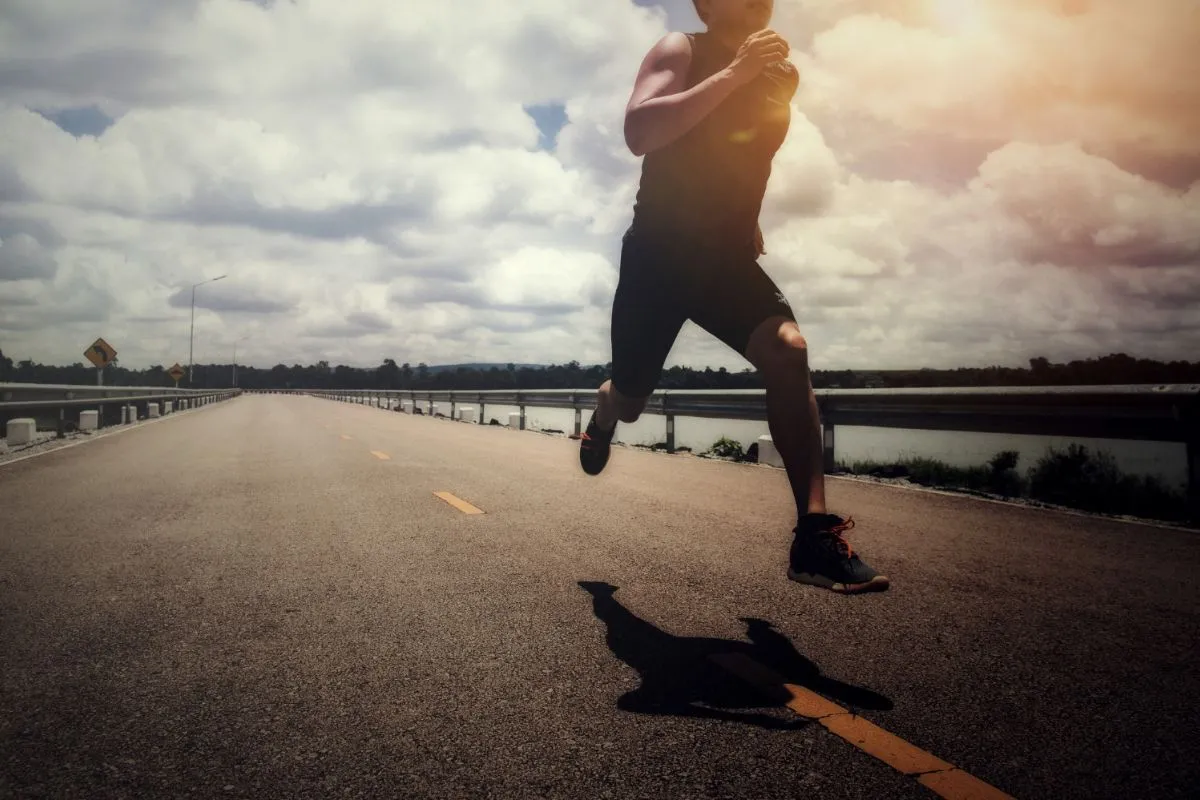
Benefits of Using Boxing Shoes for Running
Curious if boxing shoes are a good footwear choice for running? There are a few features that might make them useful in some circumstances.
When it comes to running, traction and flexibility are key areas that should be taken into consideration. Boxing shoes offer improved traction and flexibility compared to regular running shoes, due to their unique design features.
The lightweight design of boxing shoes ensures they are highly maneuverable without sacrificing support. This is due to a thin gum rubber sole, which grips the ground securely yet allows for natural foot movements during sprints or lateral shifts. Furthermore, materials such as breathable mesh help with moisture management.
In terms of flexibility, the low-top style of many boxing shoes makes them ideal for less restrictive performance in any sport, including running. Thanks to a thinner upper section that fits closely around the lower ankle area, boxing shoes can move freely. This allows you greater freedom of movement, while still providing essential grip and stability when running.
Additionally, most styles of boxing shoe have been designed specifically for training, and offer extra forefoot cushioning.
Potential Drawbacks and Challenges
Using boxing shoes as running shoes has a number of potential drawbacks and challenges. Firstly, since boxing shoes are not designed for the demands of running, they lack the thick cushioning that is present on most running shoes.
This means there may be less support and comfort compared to traditional running sneakers. It increases the risk of discomfort or injury, due to more shock being transferred straight up into your ankles and knees when pounding the pavement.

Pro Tip:
In addition, the extra grip provided in their soles might hinder some types of running, like hill running.

Pro Tip:
In addition, the extra grip provided in their soles might hinder some types of running, like hill running.
While boxing shoes often have good breathability, they are typically high enough to block some air movement, especially on hot days. This can significantly reduce performance over time due to heat exhaustion or poor foot hygiene caused by trapped sweat inside the shoe material.
How to Choose Boxing Shoes: Key Characteristics
When looking for the right boxing shoes, don’t be fooled by flashy designs. Instead, focus on key performance attributes, such as lightweight material, ankle support, grooved rubber soles, and breathable fabrics.
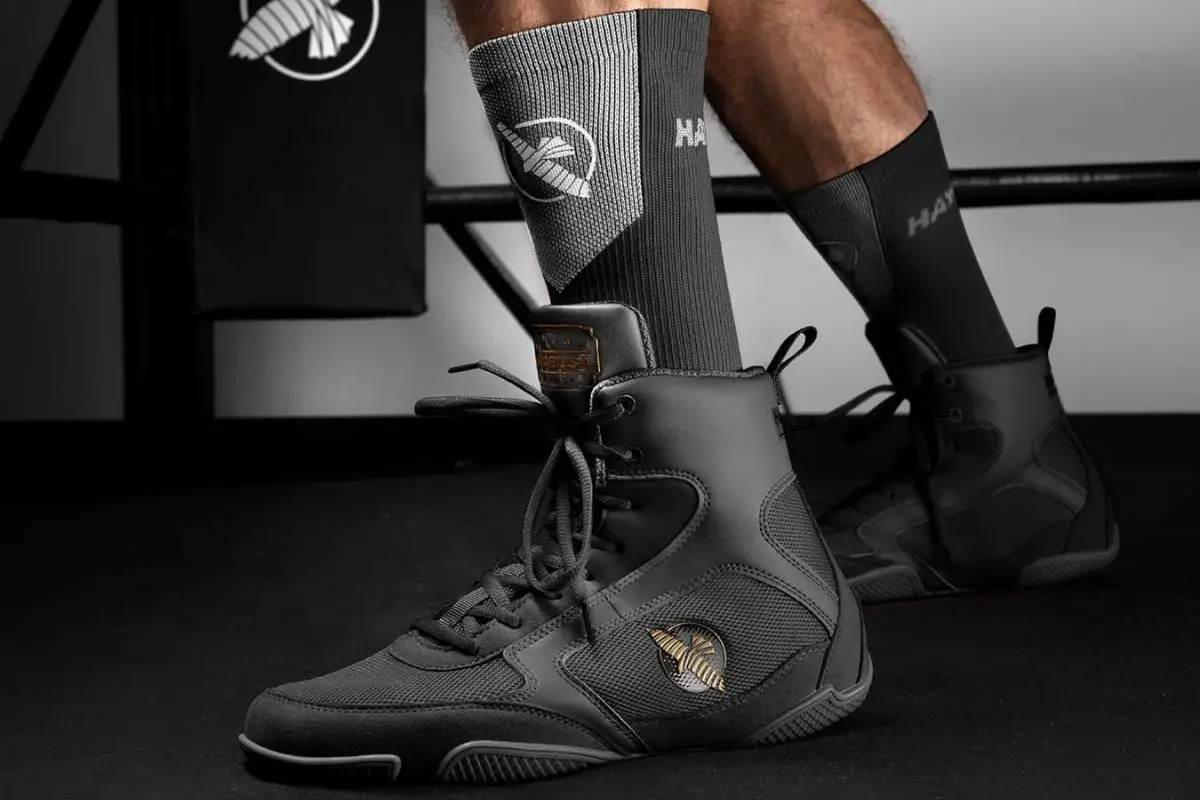
1. Lightweight Material
Lightweight materials are essential for boxing shoes, as they provide freedom of movement and speed to the wearer. Boxers need to move quickly when in the ring, and lightweight materials can help them do that by providing a faster weight transfer from foot to foot, instead of having a lot of extra bulk weighing them down.
2. Ankle Support
When it comes to comfort and support when running and boxing, ankle support should never be overlooked. Ankle injuries can lead to serious complications, such as chronic pain or instability, which can limit your mobility.
High-top boxing shoes provide maximum ankle support, allowing you to move confidently, knowing that your ankles are well-protected from any potential harm. Longer styles offer more coverage and stability, while shorter tops may not adequately secure your feet in place during rapid movements.
3. Grooved Rubber Soles
Grooved rubber soles are a staple for boxing shoes, offering users superior grip and stability during fast footwork. The rubber outsole provides great grip on the mat or floor. By preventing slipping, it also helps to reduce ankle strain due to unexpected movements.
Grooved rubber soles allow athletes to move quickly in any direction without slipping or losing balance. This improved movement control is especially important for boxers who want to make quick shifts from one side of the ring to another during sparring sessions.
Subscribe to Our Running Newsletter!
Get free running tips from renowned professional athletes and discounts from top-notch brands.
4. Comfort
The material used for boxing shoes should be lightweight, breathable, and able to withstand long-term wear and tear. For this reason, many high-quality boxing shoes are made of materials such as leather or breathable suede that help keep the feet dry, cool, and comfortable during rigorous training sessions.
Finding a shoe fitted to your size helps provide you better movement and agility when competing in the ring. Quality cushioning provides better shock absorption, resulting in improved performance.
5 Best Shoes for Boxing Training
For those looking to take their boxing training to the next level, there are a variety of options available on the market. Selecting quality footwear that offers practical design and features is an important part of any boxer’s training program.
Here we present 5 of the best shoes for boxing and running, offering superior ankle support, durability, grip, and balance for high-intensity workouts.
Top Pick
Adidas Unisex-Adult Hog 4 Boxing Shoe
The Adidas Hog 4 Boxing Shoe combines lightweight, breathable materials with comfort and support for runners. The ripstop mesh upper is durable against rigorous use, but still allows air flow to keep feet cool.
This breathability is further enhanced by the EVA midsoles. For added support during movement, they have inner reinforcements.
A rubber sole provides maximum traction while running or boxing. Additionally, there’s plenty of room for personalized style, as these shoes come in various colors, including black, blue, red, gray, and white.
Pros:
- Exceptional ankle support.
- Superior traction with non-slip rubber sole.
- Optimal comfort with durable, breathable design.
Cons:
- Limited color options.
- Slightly higher price.
High-Top Design
Everlast New Elite High Top Boxing Shoes
The Everlast high-top boxing shoes are designed to help fighters take their footwork up a notch. These shoes feature a Technical Sole, which is engineered to provide superior traction and grip on the ring floor.
The open weave mesh upper allows for easy air flow, which makes the shoe very breathable.
Meanwhile, the microfiber and suede underlay adds extra layers of durability and protection.
The shoe is built to be lightweight so that athletes can stay agile during the fast footwork required in boxing training and competition. Cushioning foam molds in the sole helps to add balance when making sharp cuts or quick dashes from side to side.
Pros:
- Stylish high-top design for added ankle stability.
- Lightweight construction for enhanced agility.
- Improved grip with secure lace-up closure.
Cons:
- May run narrow.
- Durability concerns.
Unisex Design
Hayabusa Pro Boxing Shoe for Men & Women
The Hayabusa pro boxing shoes have been praised for their lightweight design, durable construction, and convenient features. These shoes are made of a combination of suede upper, mesh panels, and slim rubber outsoles, which makes them both light and comfortable to wear during boxing workouts or competitions.
These shoes are equipped with an extra soft gel pad in the heel that provides cushioning for feet when executing defensive moves or landing punches. They also feature grooved soles designed to provide more secure grip when moving around the ring.
Pros:
- Unisex design for men and women.
- Enhanced foot and ankle support.
- Durable materials for long-lasting performance.
Cons:
- Higher price.
- Limited color variety.
Versatile Design
ASICS Men’s Matcontrol 2 Wrestling Shoes
If you are a wrestler looking for the best supportive and durable footwear, you should consider ASICS Matcontrol 2 wrestling shoes. These low-cut wrestling shoes provide breathability, comfort, and support around the ankle area.
The Matcontrol 2 model comes with grooved rubber sole technology that provides greater flexibility, speed, and agility during training sessions. This shoes are also designed with a lightweight and breathable upper, enhancing overall comfort. The grooved rubber sole not only provides flexibility and agility during training sessions but also delivers excellent traction, making them a reliable choice for various running terrains.
Pros:
- Grooved rubber sole for flexibility and speed.
- Ankle support and comfort for wrestling.
- Versatile design for both wrestling and running.
Cons:
- Wrestling-focused design.
- Limited style options.
Agility and Support
The Venum Elite boxing shoes offer a combination of agility and support, making them ideal for boxers looking for a mid-cut upper that can handle the toughest workouts.
Featuring lightweight construction and sleek designs, these shoes come in several colors to fit any personal style, from white/gold to black/bronze. The perfect blend of protection and comfort makes it easy to maneuver out of sticky situations during training or matches, all while providing enhanced breathability for long-lasting wear.
Pros:
- Ideal combination of agility and support.
- Lightweight construction with sleek designs.
- Multiple color options for personal style preferences.
Cons:
- Higher price.
- Limited availability.
Tips for Running in Boxing Shoes
While boxing footwear offers increased traction and flexibility that may be beneficial for some runners, it is important to consider a few additional features when choosing the best training shoes for boxing.
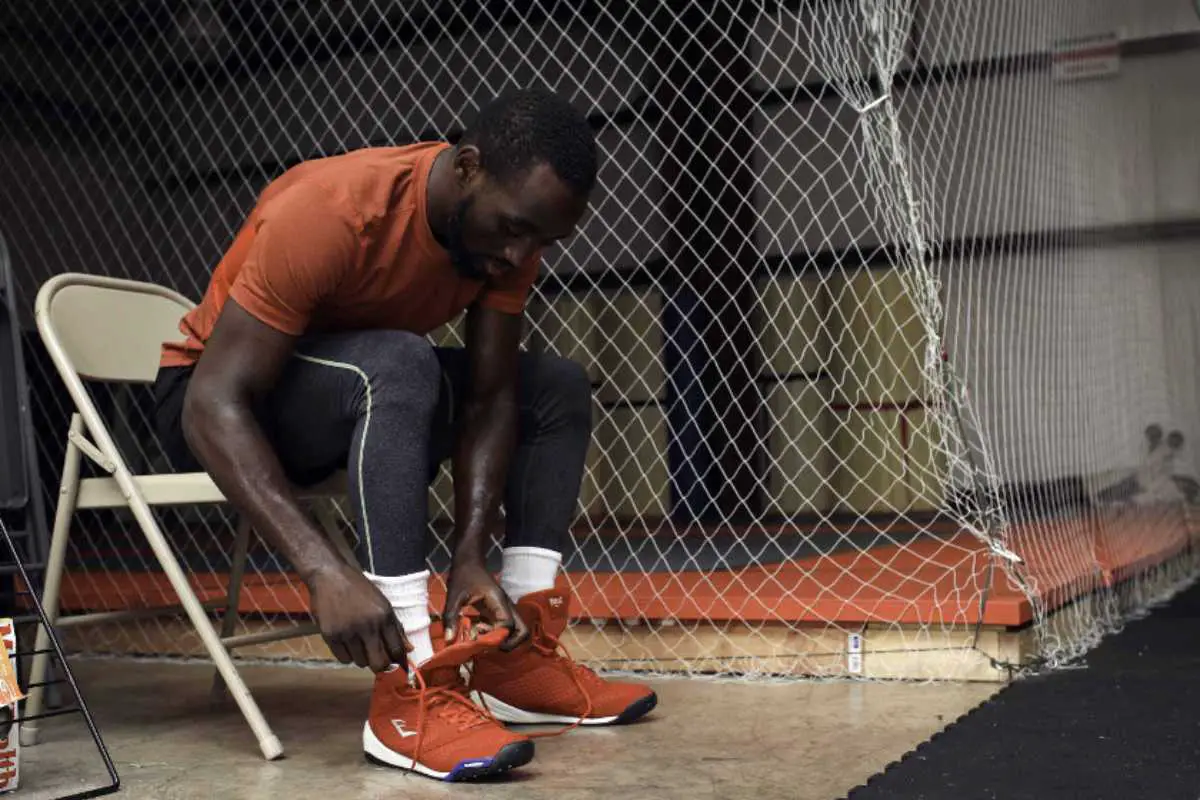
1. Ensure Proper Fit and Comfort
When selecting boxing shoes for running, proper fit is essential. Too much space or too tight of a fitting shoe can lead to blisters, discomfort, and more serious complications like ankle sprains or fractures.
To ensure an adequate fit, choose a pair of boxing shoes that fits snugly but comfortably. The heel should feel slightly snug to hold your foot in place when running, without squeezing it too tightly.

Pro Tip:
The toe box should provide ample room for movement, both front to back and side to side, while still being comfortable. You should not feel any pinching sensations at the sides of your feet when walking or running in them.

Pro Tip:
The toe box should provide ample room for movement, both front to back and side to side, while still being comfortable. You should not feel any pinching sensations at the sides of your feet when walking or running in them.
2. Consider the Weight and Flexibility
Boxing shoes are designed to provide athletes with maximum support, agility, and traction. Shoes that are too heavy or thick may hinder movement during running due to their added bulk, which can lead to fatigue. Lightweight materials allow runners to move freely and quickly through training sessions without being weighed down.
Greater amounts of ankle mobility in boxing shoes can also help improve performance for runners. This allows more movement for a runner by providing all-around stability without sacrificing comfort or cushioning.
3. Use Appropriate Socks for Breathability
When running in boxing shoes, it is important to pay attention to the type of socks you wear. Breathability plays an essential role for preventing excess sweating, which can be damaging for your feet and lead to blisters or discomfort during exercise.
These fabrics offer cushioning support around the ankle and arch area while promoting air circulation around the entire foot. This provides much-needed comfort without compromising performance.
4. Incorporate Proper Footwork and Form
Footwork is essential for boxers, and, to an extent, running enthusiasts, as well. Proper footwork helps save your energy and maximizes the power of every move you make while boxing or running.
This requires speed, agility, and a lot of practice, all of which are made easier with the right footwear. High-quality boxing shoes are designed to facilitate agile movements for better performance while boxing or running.
Frequently Asked Questions about Boxing Shoes for Running
Can You Use Boxing Shoes as Regular Shoes?
It is not recommended to use boxing shoes as regular footwear. Boxing shoes are specifically designed for movement and training in the context of a boxing match or training session. They lack the necessary cushioning and support for everyday activities like walking or running errands.
Are Running Shoes Good for Boxing?
No, you shouldn’t use even the best running shoes for boxing. They are designed for running and walking, providing cushioning and shock absorption, which is necessary to help protect the body from the repeated stress of running. Boxing shoes, on the other hand, are designed for pivoting, sliding, and shuffling—three essential movements in boxing.
Can You Wear Boxing Shoes on Concrete?
It is not recommended to use boxing shoes for running on concrete surfaces. Running shoes provide better ankle support and durability than the typical boxing shoe. The specialized rubber soles of typical boxing shoes give you superb grip control in the ring, but can lead to instability or slipping on more solid surfaces.
Do Boxing Shoes Make a Difference?
Absolutely. Boxing shoes are designed to provide you with stability and support that regular running shoes may not provide. The soles of boxing shoes are specially crafted to provide extra grip on the canvas floor of the ring, allowing you to move faster and more confidently when performing fast strikes.
Final Thoughts: Are Boxing Shoes Good for Running?
Although boxing shoes can provide improved traction and flexibility compared to regular running shoes, using them for running has some potential drawbacks. As with most footwear, it’s important to consider the type of exercise before you decide which shoe is best for your needs.
Unlike traditional running shoes that are designed for forward motion with adequate cushioning and support, boxing shoes do not typically offer sufficient padding in the soles to support a long run.
This reduces comfort when making contact with harder surfaces, such as asphalt or concrete, for an extended period of time. Plus, because they lack stiffness and rigidity, boxing shoes may be too flexible, compromising balance on slippery terrain like mud or ice.
While you can use boxing shoes for running as a part of your warm-up or cool-down routine, it is best to avoid using them regularly, and especially on long runs.
Have you ever tried boxing shoes for running? What kind of footwear do you prefer for your training? Please share your thoughts in the comments below.
Also read:
- Best Running Socks That Prevent Blisters
- How Long Is Track Season
- Benefits Nude Running
- Why Is Running So Hard
References:
- Cristine Agresta, Christina Giacomazzi, Mark Harrast, and Jessica Zendler . “Running Injury Paradigms and Their Influence on Footwear Design Features and Runner Assessment Methods: A Focused Review to Advance Evidence-Based Practice for Running Medicine Clinicians.” Frontiers in sports and active living vol. 4 815675. 9 Mar. 2022
- Eric C. Honert, Maurice Mohr, Wing-Kai Lam, and Sandro Nigg. “Shoe feature recommendations for different running levels: A Delphi study.” PloS one vol. 15,7 e0236047. 16 Jul. 2020
- Farzin Halabchi and Mohammad Hassabi. “Acute ankle sprain in athletes: Clinical aspects and algorithmic approach.” World journal of orthopedics vol. 11,12 534-558. 18 Dec. 2020
- Nicola Relph, Henrike Greaves, Ross Armstrong, Trevor D Prior, Sally Spencer, Ian B Griffiths, Paola Dey, Ben Langley. “Running shoes for preventing lower limb running injuries in adults.” The Cochrane database of systematic reviews vol. 8,8 CD013368. 22 Aug. 2022
- Xiaole Sun, Wing-Kai Lam, Xini Zhang, Junqing Wang, and Weijie Fu. “Systematic Review of the Role of Footwear Constructions in Running Biomechanics: Implications for Running-Related Injury and Performance.” Journal of sports science & medicine vol. 19,1 20-37. 24 Feb. 2020
If you have any questions or suggestions, you can contact us via email – [email protected]

